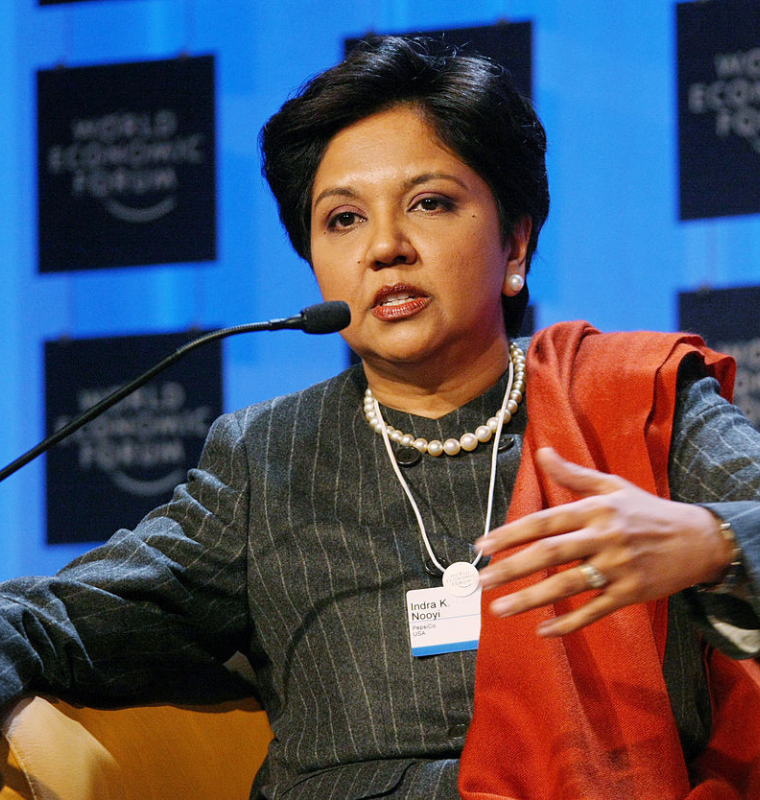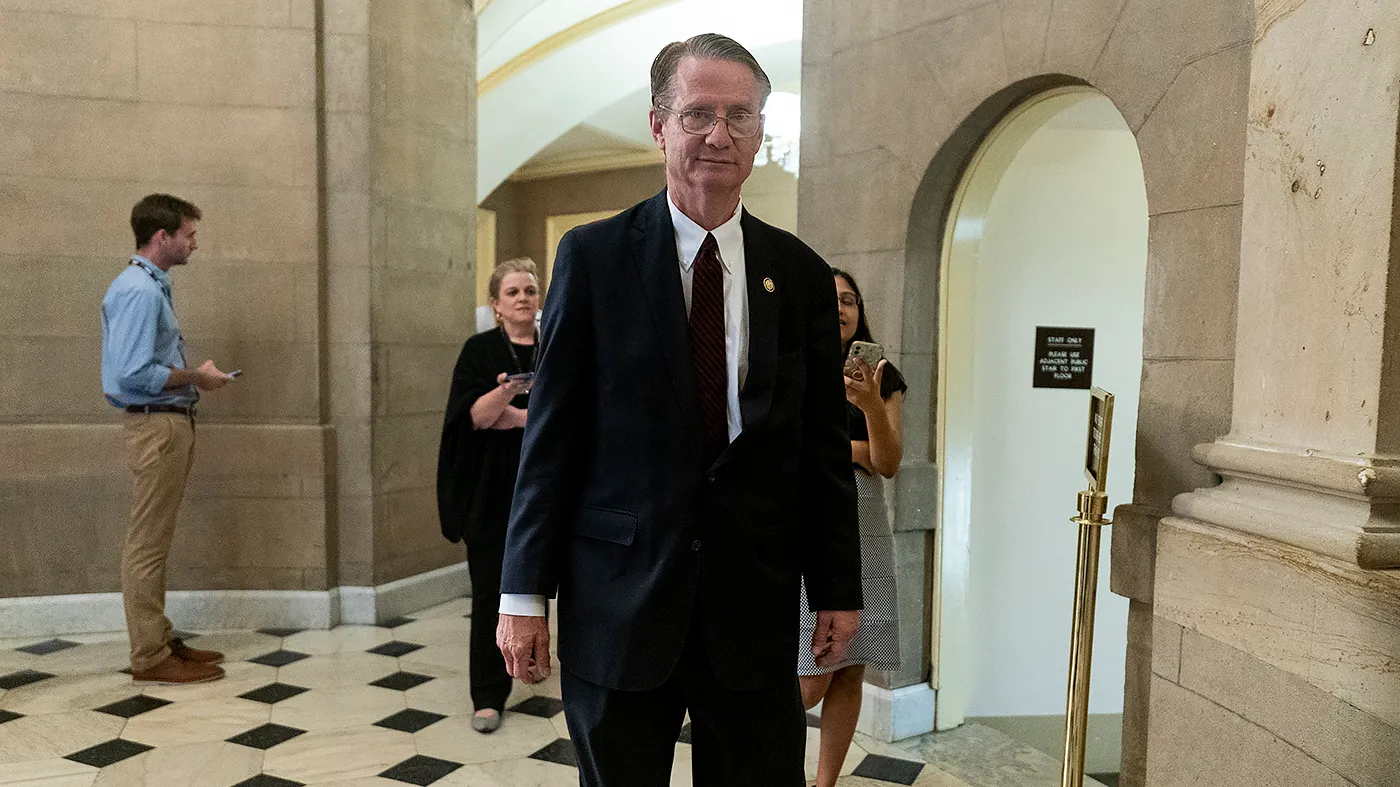Bank of England Holds Interest Rates Steady as Global Risks Cloud Path Toward Possible Summer Cut
Bank of England Holds Interest Rates Steady as Global Risks Cloud Path Toward Possible Summer Cut
By
David Goldfarb
Last updated:
June 19, 2025
First Published:
August 3, 2025

Photo: The Times
Bank of England Maintains Rates Amid Mounting Global Uncertainty, Hints at Possible Summer Cut
The Bank of England (BoE) kept its benchmark interest rate unchanged at 4.25% during its June policy meeting, signaling caution amid persistent inflation pressures and growing geopolitical tensions. While the decision met widespread expectations, the voting breakdown revealed a more divided committee than some market participants anticipated — with six members voting to hold and three advocating for an immediate 25-basis-point cut.
A Split Committee Signals Growing Internal Debate
The latest decision reflects deepening internal debate within the BoE’s Monetary Policy Committee (MPC). While the majority favored keeping rates steady, citing lingering inflation and geopolitical risks, a minority pointed to softening domestic data that could warrant preemptive easing.
“Underlying UK GDP growth remains weak, and the labor market has continued to loosen, suggesting a gradual build-up of slack in the economy,” the Bank stated. Wage growth, a key inflation driver, has also shown signs of cooling. The BoE expects this moderation to continue throughout the year, potentially easing inflationary pressures over time.
Persistent Inflation Keeps Policymakers Cautious
Inflation remains a central concern for the BoE. Data released just a day before the meeting showed the UK’s annual inflation rate at 3.4% for May, down from previous highs but still well above the central bank’s 2% target. The BoE expects inflation to temporarily rise to 3.7% in the third quarter before declining into 2025.
Several external factors are complicating the inflation outlook. Escalating tensions in the Middle East have driven energy prices higher, while the evolving global trade landscape — particularly the protectionist policies under U.S. President Donald Trump’s administration — adds further uncertainty. Analysts warn that a sustained rise in oil prices toward $85 per barrel could reignite inflation and force the BoE to adopt a more hawkish stance.
“There are genuine two-sided risks to inflation right now,” the Bank emphasized. “A gradual and careful approach to easing remains appropriate given the heightened uncertainty.”
Global Geopolitics: The Wild Card
Global instability remains a significant variable in the BoE’s calculations. Beyond energy markets, rising trade tensions, particularly those linked to renewed U.S. tariff threats, could disrupt global supply chains and impact both inflation and growth. John Gieve, former Deputy Governor of the Bank of England, cautioned that “the Middle East conflict could push oil prices higher, elevating inflation, while simultaneously slowing global growth through trade disruptions.”
This delicate balancing act leaves the BoE in a complex position. “The Bank is not on a pre-set path,” Gieve added, underscoring the Bank’s message that future policy adjustments will be highly dependent on incoming data.
Markets Eye Potential Cuts in August and Beyond
Economists surveyed by Reuters largely anticipate that the BoE may deliver a 25-basis-point rate cut at its next meeting in August, followed by another reduction before year’s end — bringing rates closer to 4% barring major global shocks.
Daniel Mahoney, UK economist at Handelsbanken, noted that the dovish shift among three committee members suggests growing concern over domestic softness: “Those members are clearly responding to weakening indicators at home, but external risks, particularly on oil prices, remain a live threat.”
Even modest signs of improvement in wage growth, coupled with the recent economic contraction of 0.3% in April, suggest the economy is teetering at a fragile stage of recovery.
The Path Forward: Data Dependency Reigns
As summer approaches, the Bank of England finds itself navigating through one of the most uncertain economic backdrops in recent years. With inflation still elevated, global conflicts unresolved, and trade tensions simmering, policymakers have little choice but to take a cautious, month-by-month approach.
“What the Bank and markets expect right now is a very gradual decline in rates toward 4% by year’s end,” Gieve said. “But ultimately, everything depends on how global events unfold — from oil prices to U.S. tariffs to geopolitical conflicts. The MPC is walking a tightrope.”
For now, markets will be watching closely as new inflation data, wage reports, and global developments emerge in the coming weeks, shaping whether the first cut comes as early as August.
Popular articles
Subscribe to unlock premium content
Indra Nooyi’s Strategic Vision at PepsiCo: Balancing Profitability with Purpose

Nike’s Direct-to-Consumer Revolution: How Cutting Retailers Boosted Profits and Control

Spotifys Playlist Power Turning Music Curation Into An Advertising Goldmine

Indra Nooyi’s Strategic Vision at PepsiCo: Balancing Profitability with Purpose

Nike’s Direct-to-Consumer Revolution: How Cutting Retailers Boosted Profits and Control

Indra Nooyi’s Strategic Vision at PepsiCo: Balancing Profitability with Purpose









